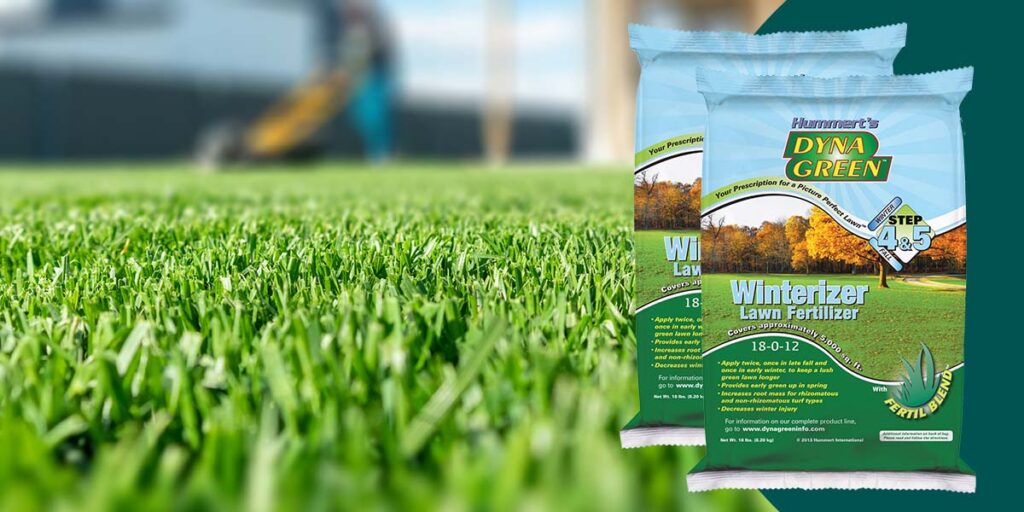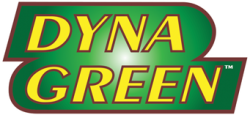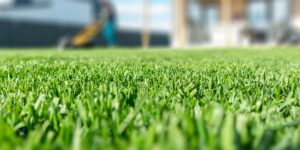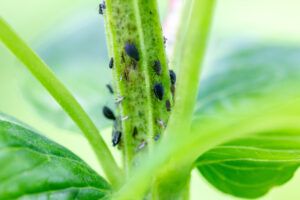The name winterizer is both accurate and deceiving for the final lawn fertilization of the growing season. What is clear is the importance of the winterizer fertilization application. In fact, the second most important fertilization of the turfgrass season is the winterizer. Commonly applied in late November, often around Thanksgiving. The goal is to make the application once the turfgrass has stopped or nearly stopped growing above ground.
The reason winterizers are so important to the long-term health of turfgrasses is they do in fact help the plant through winter in a manner, but they also significantly impact spring green up. The turfgrass roots are still growing until the ground is frozen. While this growth begins to decline with winter temperatures the roots are still growing. The great thing about late November is temperatures in the root zone are still relatively high and promoting root development. Once the fertilizer is absorbed by the root it is stored as sugar (plant food) inside the root. Think of the plant roots like a bank account at this point in the growing season. The plant has no withdraws (top growth) in late November, so all nutrients are all deposits into the root of the grass plant. This encourages cool season grasses to spread by tillers (short stems) on fescues and rhizomes (underground longer spreading stems) and tillers on bluegrasses. Lawns should end up with a larger root mass, both deeper and in area covered.
The plant uses this increase in nutrition over the winter but once Spring arrives the remaining stored nutrients are used for spring green up. This means a lower amount of spring fertilization, normally with a crabgrass pre-emergent, is required in April. Not only are lower spring rates required, no more than ½ pound per 1,000 sq. ft. but the percentage of nitrogen is often lower in the spring as well. Winterizers on the other hand are higher in soluble nitrogen, an increased percentage nitrogen and overall rate. Winterizers tend to have application rates of 1- 1 ½ pounds per 1,000 sq. ft. with nitrogen percentages of 25-36%. Moisture tends to be the key to releasing winter fertilizes at a time when many irrigation systems have been “winterized”. The good thing is that moisture is normally plentiful this late in the season and high temperatures and drought conditions have passed so burn potential is reduced.
If you’re looking for a recommendation, our professional Dyna Green Winterizer Lawn Fertilizer is specially formulated for Midwest lawns and turfs. Great for fall applications, anytime during September to December Apply this 18-0-12 fertilizer mix to your turf once in late fall and once in early winter to keep a picture-perfect lawn as long as you can. You can find Dyna Green’s Winterizer at your local dealer by searching here.
In summary, make the second-best fertilization of the growing season in November in the form of a winterizer. The nutrients get into the plant quickly, are used over the winter by the plant and the excess is used for spring green up. The goal of fall and winter is to get the plant as healthy as possible prior to the rigors of summer returning.




